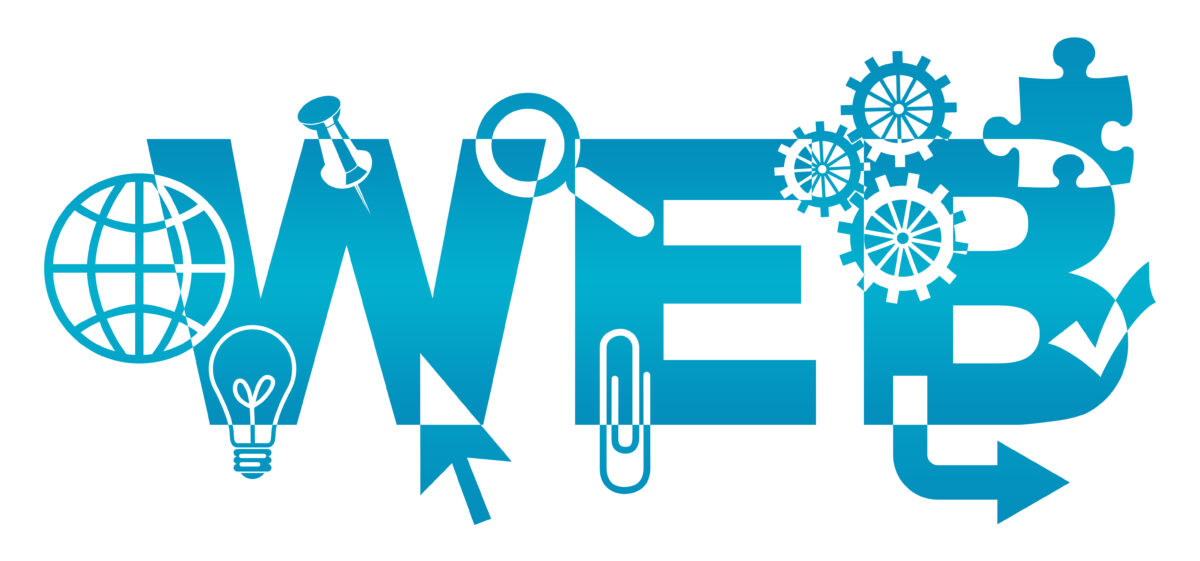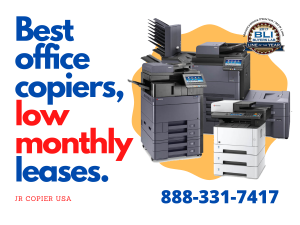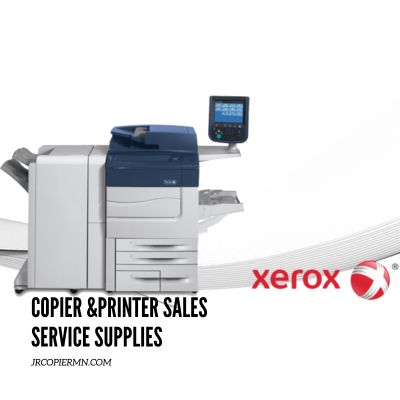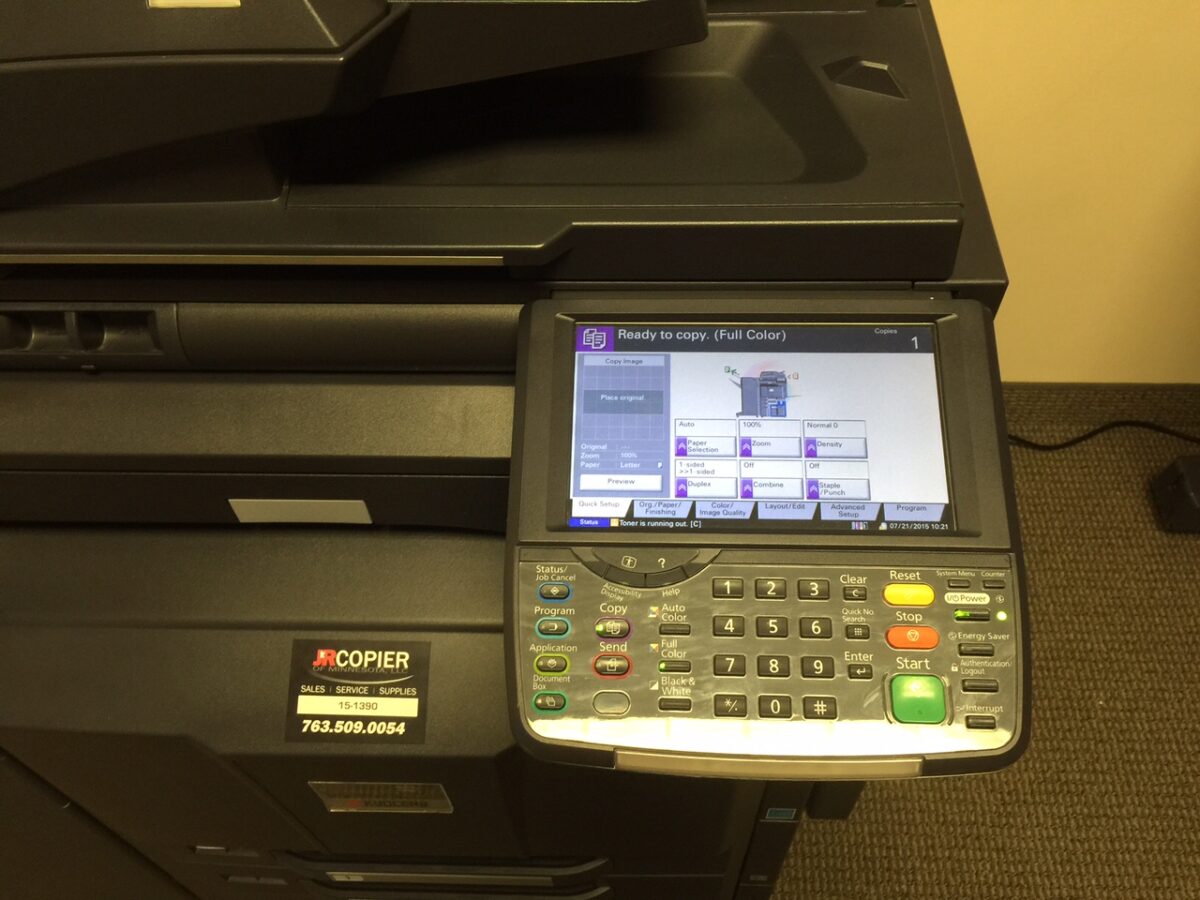You’re part of a bigger picture – a future where everyone’s voice matters. Workplace democracy isn’t just a buzzword; it’s the key to an inclusive, balanced society. In this piece, you’ll explore the role of democratic ideals in employment, learn about organizations championing these values, and see how you can contribute to this transformative vision. You’re not just part of the workforce; you’re part of the change. Let’s dive into a future built by and for all people.
Understanding Democratic Ideals in Employment
To fully grasp how democratic ideals play out in employment, you’ve got to break down the core principles of democracy and how they translate into a work environment. Democracy is fundamentally about equality, freedom, and participation. These principles, when applied to employment, create workplaces where everyone’s voice is heard, ideas are freely expressed, and decisions are made collaboratively.
Imagine working in a place where you’re not just a cog in the machine, but an equal stakeholder whose opinion matters. You’re free to propose innovative ideas, and you have a say in decisions that affect your work life. That’s the essence of democratic employment. It’s a place where power is decentralized, and leadership is participatory, not authoritarian.
However, it’s not enough to merely have democratic ideals. They need to be actively fostered. A workplace culture that promotes open communication, transparency, and mutual respect is essential. You’ve also got to ensure fair treatment and equal opportunities for all employees, regardless of their race, gender, age, or background.
In essence, democratic ideals in employment facilitate a sense of belonging; they create an environment where you’re not just working for a paycheck, but you’re part of a collective endeavor, pursuing common goals, and sharing in the fruits of your labor. And isn’t that the kind of workplace you’d want to be part of?
Understanding democratic ideals in employment is the first step towards creating workplaces that are not only productive but also inclusive, fair, and empowering. It’s about shifting from a culture of command and control to one of collaboration and co-creation.
The Role of Equal Opportunity
In striving for a democratic workplace, you can’t overlook the crucial role of equal opportunity. It’s a cornerstone of fairness and justice, ensuring everyone gets a fair go, regardless of their race, religion, gender, age, or disability. It’s not just about ticking a box; it’s about creating a workplace culture that truly values diversity and inclusion.
Equal opportunity offers a multitude of benefits. It promotes diversity, bringing a range of perspectives, experiences and ideas into the workplace. This diversity can fuel innovation, drive better decision-making and enhance problem-solving capabilities. It can also lead to greater employee satisfaction and engagement, as people feel valued and respected for who they are.
However, equal opportunity isn’t just handed to us; it requires commitment and action. Policies must be put in place, but they’re only the beginning. They need to be brought to life through ongoing education, transparent communication, and accountability. It’s about creating a culture where everyone feels they belong and can contribute to their full potential.
You must also be mindful of the potential pitfalls. Unconscious bias and discrimination can still creep in, even with the best intentions. It requires continuous vigilance to ensure these don’t undermine your efforts.
In essence, equal opportunity is a vital aspect of a democratic workplace. It’s about ensuring everyone has a fair shot, fostering diversity and inclusion, and creating a culture where everyone feels they belong. It’s an ongoing journey, but one that’s well worth the effort.
Nurturing Diversity and Inclusion at Work
Cultivating a diverse and inclusive work environment, you’re not just ticking off a corporate responsibility box, you’re fostering innovation, productivity, and a sense of belonging among your team. You’re creating a space where different perspectives can breed creativity and problem-solving, where people from all walks of life can feel valued and heard. It’s about recognizing that diversity goes beyond just race or gender; it includes age, background, abilities, and experiences that shape individuals’ worldviews.
To effectively nurture diversity and inclusion at work, consider these key strategies:
- Promote Open Dialogue: Encourage conversations about diversity and inclusion. Let your team share their experiences, listen, and learn from them. This ensures that everyone feels heard and understood.
- Implement Inclusive Hiring Practices: Work towards eliminating bias in your hiring process. Seek candidates from a variety of sources and backgrounds, not just the usual channels.
- Provide Diversity Training: Equip your team with the tools to understand and appreciate differences. This might involve bringing in experts or providing resources for self-learning.
Case Studies: Organizations Championing Democracy
While you’re fostering diversity and inclusion in your workspace, it’s also important to consider how some organizations are actively championing democratic ideals, as showcased in the following case studies. These organizations aren’t just talking the talk, they’re walking the walk, embodying values of inclusivity, belonging, and democracy in their everyday practices.
| Organization |
How They Champion Democracy |
| Oxfam International |
This global organization promotes the voices of marginalized populations in international decision-making forums. They’re proponents of economic equality, social justice, and human rights. |
| FairVote |
FairVote advocates for electoral reforms in the U.S. to ensure every vote counts and every voice is heard, echoing the true spirit of a democratic society. |
| Open Society Foundations |
With a belief that societies can only flourish when their members have equal say, this foundation supports democratic governance around the world. |
The case of Oxfam International shows that democracy can be championed through amplifying marginalized voices, advocating for economic equality, and promoting human rights. FairVote, on the other hand, champions the democratic ideal of equal representation, ensuring that every vote and every voice counts in the electoral process. Lastly, the Open Society Foundations demonstrates that supporting democratic governance worldwide is crucial for societies to flourish.
In your own organization, you’re encouraged to take inspiration from these case studies. Whether it’s through fostering inclusivity, encouraging diverse voices, or advocating for fair practices, there are numerous ways you can champion democratic ideals. Remember, a future by and for all people is not only possible but necessary. By striving for this, we’re creating a more equitable, inclusive, and democratic world.
The Impact of Democratic Workplaces on Society
Every democratic workplace you foster significantly contributes to the overall development and prosperity of society. As you build more democratic workplaces, you’re not just creating jobs, but you’re also cultivating an environment where each individual’s voice matters. This sense of inclusion and equality has far-reaching effects that extend beyond the confines of the office.
- First, democratic workplaces reinforce the principle of equality. They offer everyone an equal chance to contribute, make decisions, and share in the rewards. This fosters a sense of belonging, making employees feel valued and respected.
- Second, these workplaces cultivate a culture of open dialogue and collaboration. They encourage each member to express their opinions freely, fostering innovation and creativity, which are vital for societal progress.
- Third, democratic workplaces contribute to a more equitable society. They promote fair wages, provide secure jobs, and ensure the wealth is distributed more evenly.
These facets of democratic workplaces don’t just benefit employees; they also benefit society as a whole. They provide a model for how our society could be—more equal, more collaborative, and more equitable. So, as you continue to foster democratic workplaces, remember that you’re not just enhancing your company, but you’re also contributing to the betterment of society. You’re part of a movement that values every individual’s voice and potential, that encourages collaboration and innovation, and that strives for a more equitable society. In essence, you’re helping to build a future by and for all people.
Future Trends in Democratic Employment
In the realm of democratic employment, you’ll notice several emerging trends that could shape your future workplace. As we march towards a more inclusive society, workplaces are mirroring these changes by adopting more democratic practices. You’re part of this shift, and you’ll see it in how decisions are made, how leadership is structured, and how your voice is valued.
Firstly, you’ll find an increasing emphasis on collective decision-making. Rather than top-down directives, you’ll be invited to contribute your ideas and opinions. It’s not just about making you feel included, it’s about tapping into a diverse range of perspectives to make the best possible decisions.
Secondly, the traditional hierarchical leadership structure is giving way to more flat structures. You won’t be working under a boss, but alongside team members. Leadership roles are becoming more rotational and based on expertise rather than tenure. It’s a trend that values your expertise and allows you to step into leadership when it’s your turn.
Lastly, employee voice is gaining traction. Your opinions, ideas, and concerns matter more than ever. You’re not just a cog in the machine, but a valuable contributor to your organization’s success. You’ll find more platforms emerging in your workplace to voice your thoughts and make a difference.
Practical Steps Towards Democratic Workplaces
So, what can you do to actively participate in these democratic trends at your workplace? The answer lies in fostering an inclusive environment, promoting open communication, and driving collaborative decision-making. These are not just lofty ideals but practical steps that can be implemented in any workplace setting.
- Foster an Inclusive Environment: This is about more than just having a diverse team. It’s about making sure everyone feels like they belong, and that their opinions and ideas matter. This can be done through team-building activities, inclusive language and policies, and simply by showing empathy and respect to all members of the team.
- Promote Open Communication: Transparency and honest communication are vital for democratic jobs. You can encourage this by creating safe spaces for feedback, implementing open-door policies, and practicing active listening. Remember, it’s not just about speaking your mind, it’s also about listening to others.
- Drive Collaborative Decision-Making: This involves everyone having a say in the decisions that affect them. You can foster this by setting up regular team meetings, using collaborative tools and methods, and encouraging everyone to contribute their ideas and perspectives.














